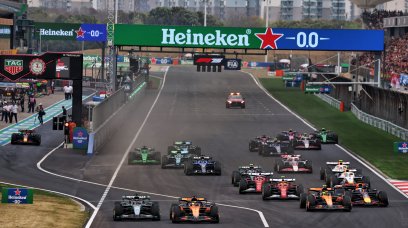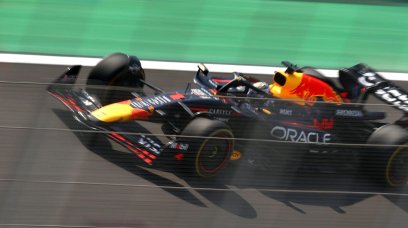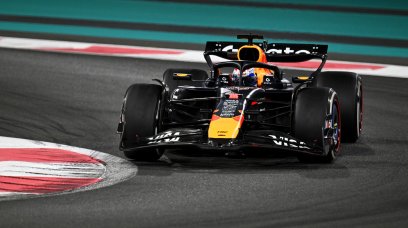Reigning world champions Red Bull brought an upgraded RB20 to Suzuka as it looks to build on the stronger contender that has opened the 2024 season.
The challenger emerged victorious at the opening two rounds of the year but was defeated last time out in Australia following a brake issue for Max Verstappen. Despite already being the pick of the field, Red Bull has not slowed down its development plan for the car.
A new floor has arrived at the event with changes targeted on the element's body and edge to generate more local load. Additionally, smaller inlet and exit ducts have been designed for the front brakes in the interest of cooling.
New inlets have appeared at the base of the halo which channels the air through an internal duct towards the radiators. In practice, the most obvious change concerns the closure of the side vents which presumably disturbed the airflow directed to the rear.
This is a refinement of the cooling system that can be seen in two ways - on one hand, it could represent an evolution that has been planned for some time in terms of optimising the flow that passes by this area of the car.
The function of the new inlets could also be to clean the flow, as the vertical slits do in the lower part in front of the side pods.
Viewed by others:
But at the same time, the question arises whether it is nothing more than an increase in heat exchange in favour of the reliability of the power unit.
A fact to take into consideration is the precautionary change of Verstappen's PU in Melbourne, although it is worth noting that Honda’s PU has proven across the last two seasons to not be very air-hungry, even in torrid weather conditions and with rarefied air.
It seems that the concept of the side pods should be considered definitive and not prodromal to an evolution towards the Mercedes ‘zeropod’ concept, as some observers had erroneously reported in late February.
Since the launch of the RB20, we have always maintained that the precision of the details, the complexity of the cooling system and the effectiveness that the original version had demonstrated from the very start would not justify a radical change of direction to follow the ‘zeropod’ concept, which proved completely unsuccessful for two seasons.
The similarity, only of the gullies at the base of the engine cover, could give the impression that the RB20 had partially followed the concepts of the Brackley-based team.
But, allow us to reiterate that technical analysis of Formula 1 can’t be treated like "food porn" - it is not the appearances that formalise the technical substance of F1, but the global concept which is often not seen from external eyes.
Don't miss out on any of the Formula 1 action thanks to this handy 2026 F1 calendar that can be easily loaded into your smartphone or PC.
Download the calenderMost read
In this article












Join the conversation!